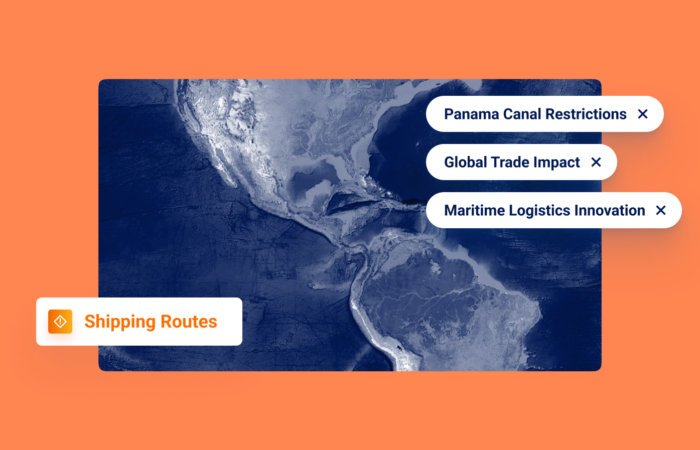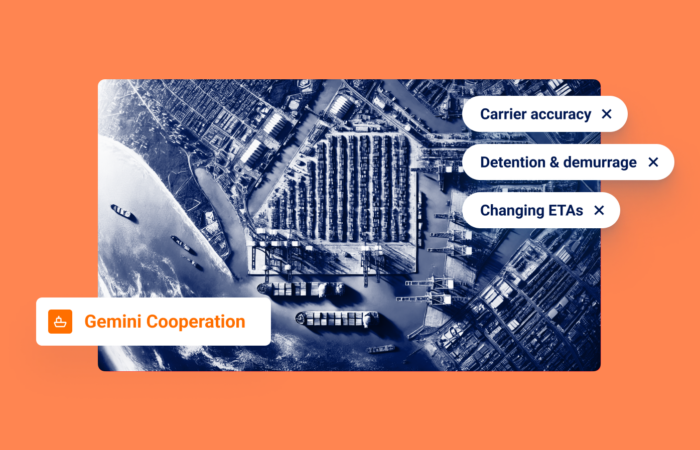Top Takeaways from Experts on the Red Sea Crisis

What’s inside?
Does it make a difference if you are traveling North or South in the Red Sea, in terms of getting attacked by Houthi rebels? Is it wise for vessels to be turning off their AIS when traveling in the now problematic region?
These were some of the issues considered during Windward’s recent webinar: Tides of Terror: The Impact of the Red Sea Crisis on Global Trade. Ami Daniel, Windward’s Co-Founder and CEO, hosted top industry experts:
- Peter Sand, Chief Analyst, Xeneta
- Joshua Hutchinson, Managing Director Intelligence & Risk, Ambrey
- Jakob P. Larsen, Head of Maritime Security and Safety, BIMCO
One of the more chilling moments came when BIMCO’s Jakob described the potentially disastrous consequences that could result from a successful Houthi missile launch.
“When you attack a ship with a weapon of war, it’s quite difficult to predict exactly what will happen. So just because nothing has happened, or nothing serious has happened yet – crew being harmed…next time they hit a vessel, that might well just happen. Because all of a sudden, you have a container with dangerous cargo that is hit. A fire breaks out and you have a catastrophic event unfolding in the Southern Red Sea and the same goes for tanker ships…once you start to set off explosions on ships, it’s just inherently risky and you cannot control exactly what will happen.”
Shippers and traders are of course doing everything they can to avoid such a fate, with some vessels disabling their AIS. Is this a good idea? Joshua from Ambrey, whose role involves focusing on risk, doesn’t think so. He noted that earlier on in the conflict, many vessels were disabling AIS.
“They were still targeted. There are several ways to track a vessel that are still publicly available. So, it doesn’t mean you are hidden. We’ve also seen an escalation in the past couple of weeks where we see spotters on the water. UAVs are being used to recon targets before impact, that has been well-recorded in the area.”
As for the North-South issue, there is no clear pattern of one direction drawing more attacks. But Joshua did note that vessels sailing further toward West Hodeidah at night are more likely to be targeted. During the day, Mokha is a more dangerous area.
What about freight rates? They seem to be trending up, according to Peter from Xeneta. But he suggested during the webinar that it may be best not to haggle too much…
“If you want your cargo to move out of Asia and into the Mediterranean, North Europe, or U.S. East Coast, you may not only target market average (freight rates) for your next contract. You may actually go for what is right now market mid–high. Because next week that will be market average. And if you want your cargo to move, you won’t be the one paying the lowest rate, because carriers may find it attractive to leave your cargo…to move better payloads.”

Despite the star power of the assembled industry experts, Mattan Benyamini, Product Manager and Analyst at Windward, did his best to steal the show. He was responsible for using Windward’s Maritime AI™ platform to produce insights in response to participants’ LIVE questions. For instance, he was asked if there was a pattern of vessels passing the Suez Canal and then turning back towards Europe.
Using Windward’s new Sequence Search capability, which empowers users to track a sequence of activities, he saw that 15 vessels engaged in this pattern in the past month. Mattan also demonstrated Windward’s Route Deviation Alerts functionality, which shows ships deviating from their usual routes due to the Red Sea crisis.
Our Co-Founder and CEO eloquently summed up the webinar: “I think the wrap up is: in times of instability and turbulence, the more data, the more insights, the more AI, and the better partners you have on your end, the better you’ll come out on the other end of the tunnel,” said Ami.
But there was SO MUCH more to the webinar than what can be covered in one blog post. Check out the webinar to hear about congestion involving Durban and the Cape of Good Hope, what’s happening with armed guards on vessels, evaluations of the effectiveness of Operation Prosperity Guardian, etc.












